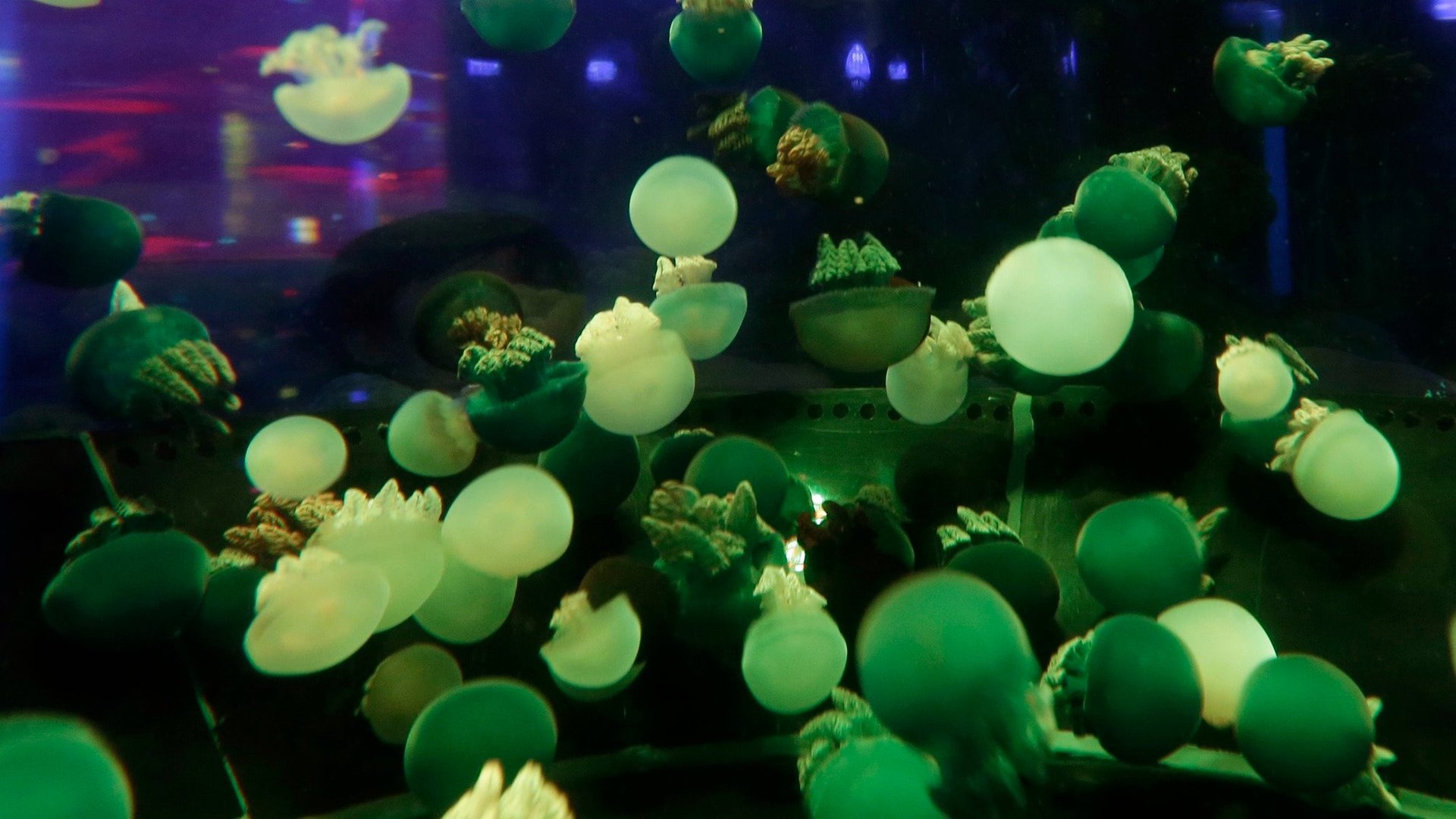Korea’s plan to shred a jellyfish plague with robots could spawn millions more
Some jellyfish only become stronger after being attacked by robots. Specifically, the jellyfish-shredding robots of the Jellyfish Elimination Robotic Swarm, or JEROS, developed by researchers at the Korea Science Academy.


Some jellyfish only become stronger after being attacked by robots. Specifically, the jellyfish-shredding robots of the Jellyfish Elimination Robotic Swarm, or JEROS, developed by researchers at the Korea Science Academy.
In theory, using semi-autonomous robots to round up jellyfish in nets and shred thousands per hour is one of the few ways to eliminate these otherwise virtually unstoppable beasts, which earlier this week shut down a nuclear reactor in Sweden, which sounds exotic but is actually a fairly common problem.
But turning some species of these creatures into jellyfish gazpacho could actually lead to more of them, notes jellyfish biologist Rebecca Helm. Cutting open sea nettles, for example, is actually one way to artificially fertilize them.
Assuming you rip through 6,000 jellies per hour for 12 hours, you’ve now released SEVENTY TWO THOUSAND jellies worth of eggs and sperm into the water all at once, rather than slowly over time. And where are those embryos going to go? They’re going to the sea floor to metamorphose into polyps, in stressful conditions that are now great for them and terrible for everyone else (thanks to all the dead biomass floating around) and they’re going to multiply. Jelly polyps can live for years, and can clone themselves. One polyp can produce hundreds of clones, and each clone can produce hundreds of jellies. Get where I’m going with this?
And that nightmare scenario is just the start. Shredded jellyfish tentacles can still sting, and once they’ve been diced by the JEROS, they’ll pass right through the nets designed to protect swimming areas. Chopped up jellyfish goop can also threaten nuclear power plants just as effectively as whole jellies. Plus, these robots will essentially fill the seas with mulch made out of jelly biomass, which will fall to the seafloor and could smother whatever was trying to make a living down there.
Helm’s favorite solution to the jellyfish plague currently afflicting the world’s oceans—which scientists attribute to both over-fishing and climate change—is to harvest the jellies, remove the salt and use them as fertilizer for land-based crops.